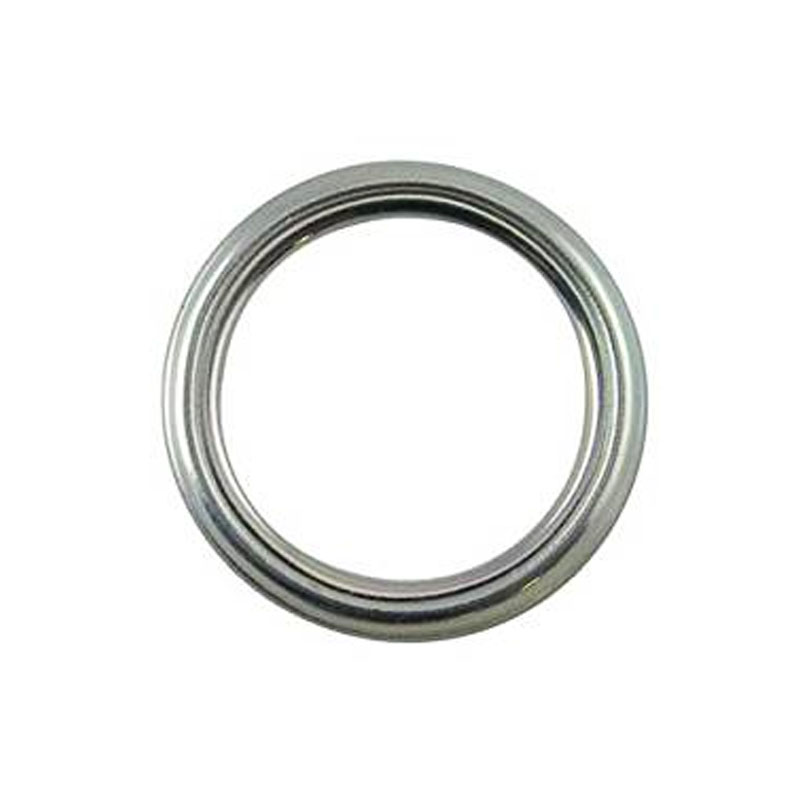Enhancing Ball Valve Performance with Quality O-Rings for Leak Prevention
Understanding the Role of O-Rings in Ball Valves
Ball valves are widely regarded as reliable and efficient components in fluid control systems. They are employed in various applications across industries such as plumbing, oil and gas, food processing, and more. A key component contributing to the functionality of ball valves is the O-ring. This article explores the role of O-rings in ball valves, their types, materials, best practices for selection, and maintenance considerations.
What is a Ball Valve?
A ball valve is a type of quarter-turn valve that uses a spherical disc, or ball, to control the flow of liquid or gas through it. When the valve is open, the hole in the ball is aligned with the flow, allowing it to pass through. When the valve is closed, the ball turns, blocking the flow. This design provides a tight seal and ensures minimal resistance to the fluid flow when the valve is fully open, making ball valves an excellent choice for both on/off and flow control applications.
The Purpose of O-Rings
O-rings are circular seals that sit in a groove and compress against two mating surfaces to prevent the passage of fluid. In ball valves, O-rings provide crucial sealing between the ball and the valve body, as well as at the stem of the valve. This sealing is vital for preventing leaks, maintaining pressure, and ensuring the performance of the valve.
Types of O-Rings
O-rings come in various sizes and shapes, but they are typically made from materials designed to withstand specific conditions such as temperature, pressure, and chemical exposure. Common O-ring materials used in ball valves include
1. Nitrile Rubber (Buna-N) This is one of the most common materials for O-rings. It offers good resistance to oil, fuel, and water, making it suitable for many fluid applications. However, its temperature resistance is limited.
2. EPDM (Ethylene Propylene Diene Monomer) This rubber offers excellent weather resistance and is suitable for a wide range of temperatures. EPDM is often used in applications involving steam and hot water.
3. Viton (Fluoroelastomer) Known for its chemical resistance, Viton O-rings are ideal for harsh environments involving aggressive fluids. They can also withstand high temperatures, making them suitable for various industrial applications.
4. Silicone Silicone O-rings are flexible and can withstand extreme temperatures. They are often employed in food and pharmaceutical applications due to their non-toxic properties.
ball valve o ring

Selecting the Right O-Ring
When selecting an O-ring for a ball valve, it is crucial to consider several factors
- Size The O-ring must fit tightly into the groove to create a proper seal without being overly stressed. - Material The material should be chosen based on the specific service conditions, including temperature fluctuations and chemical exposure.
- Pressure Rating Ensure that the selected O-ring can handle the valve's operating pressure without deforming.
Maintenance of O-Rings in Ball Valves
Proper maintenance of O-rings in ball valves is essential to ensure optimal performance and longevity. Here are some best practices
- Regular Inspection Periodically check the O-rings for signs of wear or damage, such as cracks, swelling, or brittleness.
- Proper Installation During installation, ensure that no foreign particles are present, as these can damage the O-ring. Also, lubricate the O-ring appropriately before installation to ease movement and prevent pinching.
- Environmental Considerations Make sure that the O-ring material is compatible with the environment in which the valve operates.
- Replacement If an O-ring is found to be damaged, replace it promptly to avoid leaks that could lead to system failures or safety hazards.
Conclusion
O-rings play a crucial role in the effective functioning of ball valves, ensuring that these devices provide reliable service across a multitude of applications. By understanding their materials, proper selection, and maintenance, users can enhance the performance and lifespan of their ball valves, ensuring efficient fluid control and minimizing the risk of leaks. Proper attention to O-ring maintenance can lead to significant cost savings and increased safety in fluid handling systems.
-
The Ultimate Guide to Boat Propeller Bearings and Trailer Wheel Bearings
News Jul.31,2025
-
The Essential Guide to Marine Bearings and Boat Trailer Wheel Bearings
News Jul.31,2025
-
The Complete Guide to Heavy Duty Seals: Protecting Doors and Spaces Efficiently
News Jul.31,2025
-
Essential Guide to Marine Shaft Bearings and Boat Trailer Axle Bearings
News Jul.31,2025
-
Comprehensive Guide to Marine and Trailer Bearings for Safe Boating and Transport
News Jul.31,2025
-
Comprehensive Guide to Automotive Oil Seals: Protecting Your Engine and Shafts
News Jul.31,2025
-
Understanding Automotive Oil Seals: Essential Components for Engine and Shaft Protection
News Jul.30,2025
Products categories















